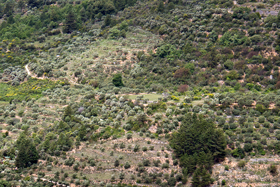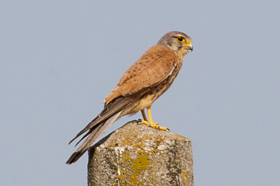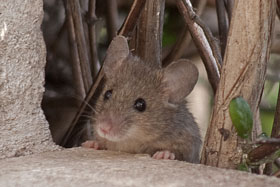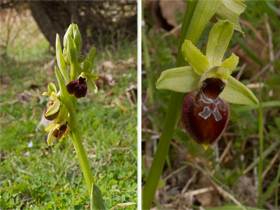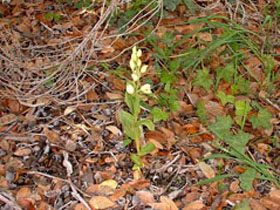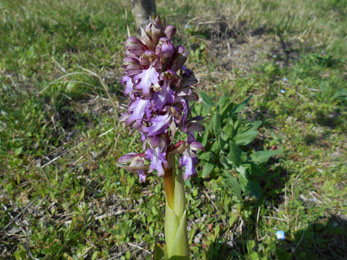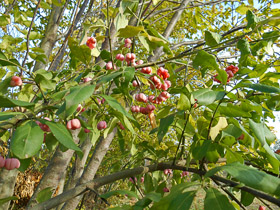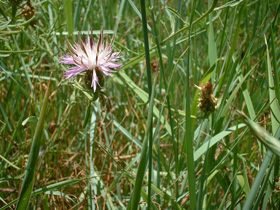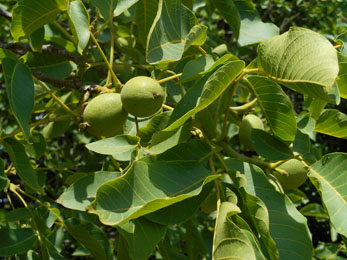Non-organic gardeners’ eyes tend to glaze over at the mention of natural balances: it all sounds too improbably Zen. However a little observation shows that nature is in fact a system of checks and balances. The vegetation that predominates in a given area is that which has evolved over the millennia to suit its surroundings. Anything that can’t take the conditions dies out. The fauna that has evolved alongside is also uniquely adapted. The survival of predators and prey is linked: a proliferation of prey means that the predators flourish; on the other hand, if there are too few prey because of bad weather, predators will suffer too. In the natural course of things, no single pest will take control (unless a super-predator such as Japanese knotweed or the European mink appears on the scene through human interference).
Gardening for wildlife : A Natural Balance
In our gardens, we have upset the natural balance. We bring in plants that aren’t adapted to our conditions. We try to make it up to them by giving them extra watering and feeding; but ultimately, an ill-adapted plant will be more at risk from pests and diseases than an indigenous one. So we resort to pesticides and alter the natural balance for the worse. In the long run, the garden becomes a war-zone between the gardener and nature. No bets as to who will win here. Nature has a facility for adapting, as any farmer with herbicide-resistant weeds in his fields will tell you.
So, take a good look at your garden and do a little analysis. What kind of soil do you have – acid, alkaline, sandy, stony, dusty, or good agricultural soil? Is the aspect northern or southern, eastern or western? Do you get the sun all day? Are there frost pockets or boggy areas (you may be lucky enough to have a spring on your property)? If you have a large property, you may have a variety of different zones which offer different habitats for the wildlife. A quick way to get an idea of what indigenous species flourish in your area is to go for a long walk with a notebook and a camera. Ideally, do this several times, at different times of the year. Generally-speaking, in Mediterranean areas many wild bulbs and orchids flourish in the spring, while early summer is the best time for flowers. In late summer, you can identify the real survivors of heat and drought; and in the autumn and winter, many plants revive and put out flowers much appreciated by pollinating insects, or produce nuts and berries.
Once you have an idea of what your natural conditions are, you can adapt your planting accordingly. How? Click here.
